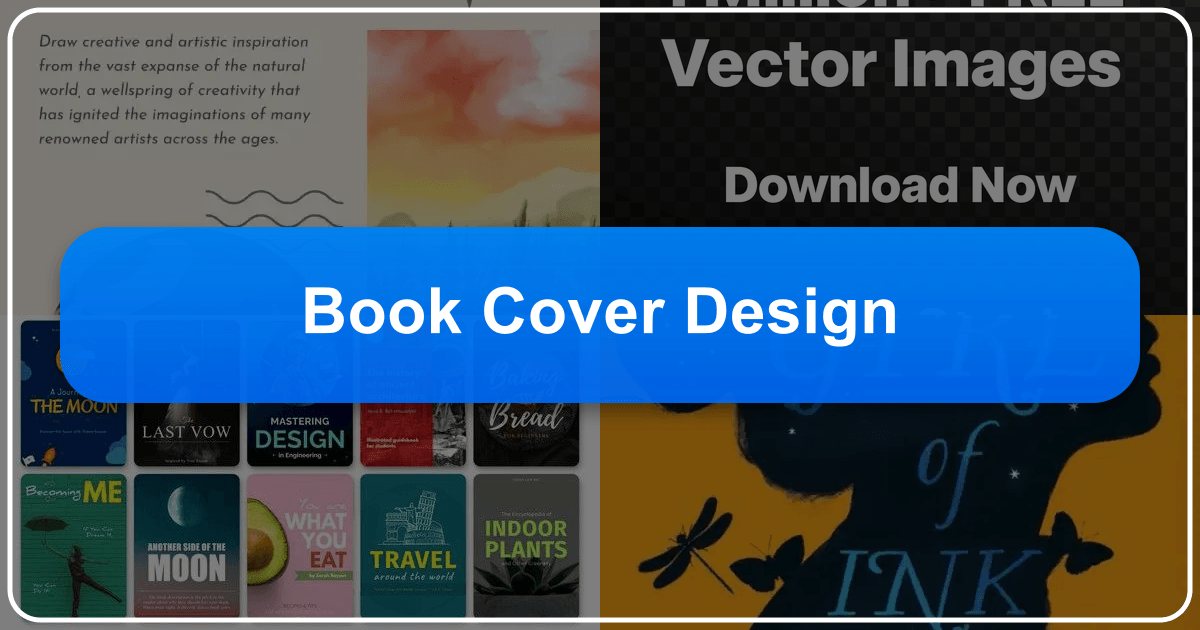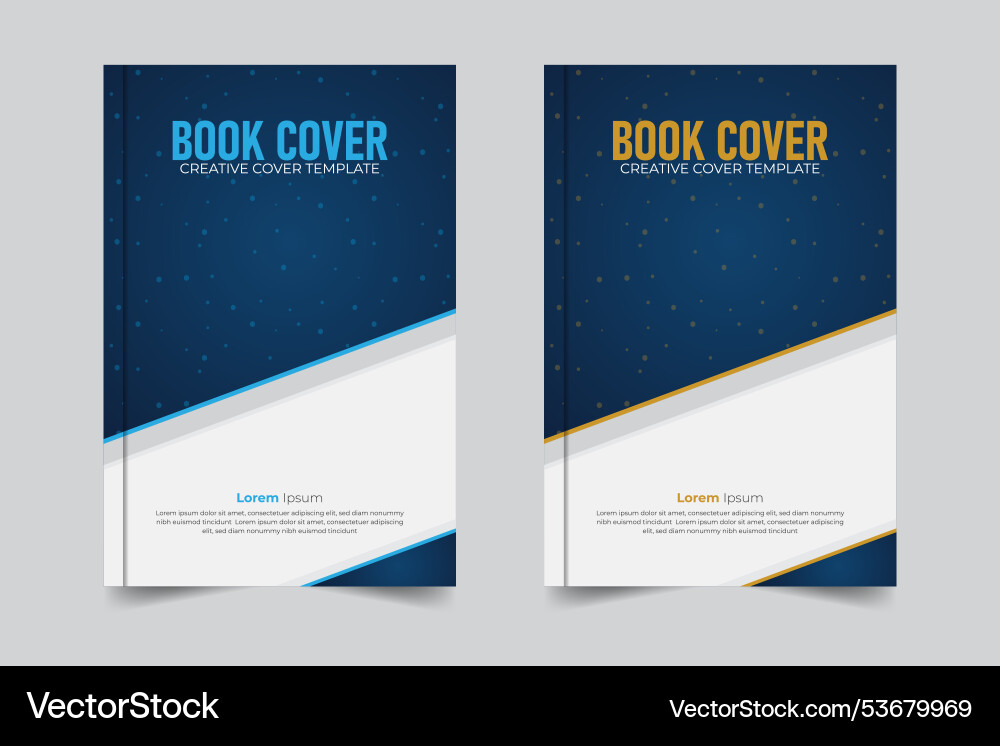Book Cover Design: A Comprehensive Guide

Book cover design is more than just aesthetics; it’s the crucial first impression that can make or break a book’s success. A compelling cover attracts readers, communicates the genre, and reflects the book’s essence. This comprehensive guide delves into the multifaceted world of book cover design, exploring its various aspects and offering insights into creating impactful visuals that resonate with readers. We’ll examine different design styles, the importance of genre conventions, and the role of cover design in a broader literary context, drawing examples and inspiration from the vast resources available at Lbibinders.org.
The Role of Book Cover Design in the Literary Landscape

The book cover acts as a silent storyteller, conveying a wealth of information to potential readers before they even open the book. It’s the first point of contact in the marketing process, influencing purchasing decisions and setting expectations. At Lbibinders.org, you’ll find a wealth of information on the different genres, classics, bestsellers, and new releases, all of which influence the design choices made for their covers. Understanding the nuances of each genre and aligning the cover design accordingly is paramount.
A well-designed cover can:
- Attract attention: A visually striking cover stands out on shelves or in online marketplaces, drawing the reader’s eye and sparking curiosity.
- Communicate genre: The design style and imagery should instantly convey the book’s genre – a romance novel will have a vastly different visual language from a thriller or a scientific textbook.
- Reflect the book’s tone: The cover should subtly hint at the mood and tone of the book – is it lighthearted and playful, or dark and suspenseful?
- Target the audience: The design should appeal to the intended readership, reflecting their tastes and preferences. For instance, a young adult novel will have a different visual style than a literary fiction book targeting a more mature audience.
- Build brand identity: For series or an author’s body of work, consistent cover design helps create a recognizable brand identity.
Lbibinders.org offers valuable resources on various aspects of book cover design, including exploring the relationship between design and the target audience, the importance of genre conventions, and analysis of successful cover designs.
Genre Conventions and Their Visual Representation
Each genre has established visual conventions that inform reader expectations. Understanding these conventions is critical for effective cover design. Lbibinders.org provides detailed breakdowns of genre conventions, showcasing examples from various genres and illustrating how successful covers successfully integrate and sometimes subvert these conventions.
For instance:
- Romance novels: Often feature soft colours, romantic imagery (couples embracing, flowers), elegant typography.
- Thrillers: May utilize dark colours, suspenseful imagery (shadowy figures, weapons), bold typography.
- Science fiction: Frequently incorporate futuristic elements, technological imagery (spaceships, robots), unique typography.
- Fantasy: Often feature mythical creatures, magical landscapes, intricate artwork, often with a more painterly or illustrative approach.
- Historical fiction: Typically employs period-appropriate imagery, vintage-style typography, muted colour palettes.
By referencing the extensive library of book covers on Lbibinders.org, aspiring designers can gain a deeper understanding of these genre-specific visual cues.
Exploring Different Book Cover Design Styles
The visual style of a book cover can greatly impact its appeal. While genre conventions provide a framework, there’s ample room for creativity and innovation within those parameters. Lbibinders.org showcases a wide range of design styles, highlighting the diverse possibilities within book cover design.
Some popular styles include:

- Minimalist: Emphasizes simplicity and clean lines, often using a single striking image or a bold typography treatment.
- Photorealistic: Uses high-quality photography to create a realistic and evocative cover.
- Illustrative: Employs custom illustrations, often created in various mediums such as watercolor, ink, or digital painting.
- Abstract: Uses abstract imagery and shapes to create a visually arresting cover that conveys emotion or concept rather than literal representation.
- Typographic: Focuses primarily on typography, using creative font choices and arrangements to create an impactful design.
- Collage: Combines different elements (images, text, textures) to create a layered and visually rich cover.
Lbibinders.org’s diverse collection of book covers serves as a valuable resource for exploring these different styles and finding inspiration for your own projects.
The Power of Hand-Drawn Book Covers
Hand-drawn book covers possess a unique charm and personality. The organic quality of hand-drawn artwork adds a touch of authenticity and emotional depth that can’t always be replicated digitally. Lbibinders.org features a dedicated section to hand-drawn covers, showcasing the versatility and expressiveness of this style. The warmth and texture of hand-drawn illustrations can effectively communicate a wide range of emotions and genres, adding a distinct visual appeal.
From delicate line drawings to vibrant watercolors, hand-drawn book covers offer a personalized touch that can resonate with readers. The examples featured on Lbibinders.org highlight the skill and artistry involved in creating these covers, inspiring designers to explore the potential of this timeless approach.

The Technical Aspects of Book Cover Design
Beyond the aesthetics, effective book cover design involves understanding technical specifications and file formats. Lbibinders.org offers practical advice on file preparation, ensuring that your design is print-ready and suitable for online platforms. This includes understanding:
- Image resolution: High-resolution images are essential for crisp printing and clear online display.
- Colour profiles: Using the correct colour profile ensures accurate colour reproduction.
- Bleed: Adding bleed to your design prevents white edges when the cover is printed.
- File formats: Understanding which file formats are compatible with different printing and publishing platforms is crucial.
Lbibinders.org guides designers through these technical requirements, ensuring that their creative vision translates seamlessly into a professional final product.
Utilizing Online Book Cover Makers
For those without advanced design skills, online book cover makers offer a user-friendly alternative. Lbibinders.org reviews and compares several online book cover design tools, highlighting their strengths and weaknesses. These tools often provide pre-designed templates, stock images, and easy-to-use editing tools, allowing authors to create professional-looking covers without needing extensive design expertise.
The resources on Lbibinders.org empower authors to make informed decisions when choosing a book cover maker that best suits their needs and skillset.
The Cultural Impact of Book Cover Design
Book cover design is not simply a matter of aesthetics; it plays a significant role in shaping literary culture. Covers reflect societal trends, artistic movements, and evolving reader expectations. Lbibinders.org provides a platform for understanding this broader context, exploring the historical evolution of book cover design and its impact on readership. Analyzing successful book covers over time reveals how design choices reflect and often shape literary trends.
By studying historical cover designs alongside contemporary examples, as showcased on Lbibinders.org, one can appreciate the interplay between visual art and literature, acknowledging the lasting impact of cover design on the cultural landscape. The site’s curated collection of covers serves as a timeline of artistic and societal trends in publishing.
In conclusion, book cover design is a complex and multifaceted discipline that demands both creativity and technical skill. By utilizing the comprehensive resources available at Lbibinders.org, aspiring designers, authors, and publishers can gain valuable insights, inspiration, and practical guidance to create book covers that are not only visually appealing but also strategically effective in capturing the attention of readers and contributing to the vibrant world of literature.